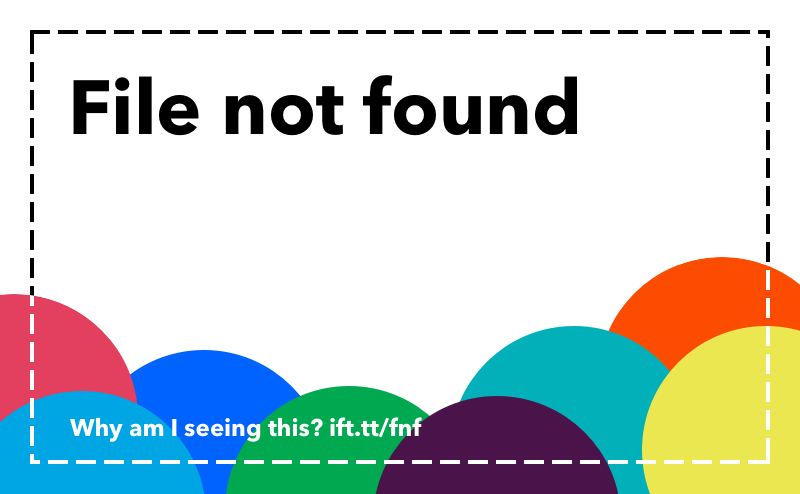When it comes to taxes, you’d think the Internal Revenue Service would keep all of the money-saving secrets hidden away in a locked vault. After all, that’s the government’s income. But the IRS is actually quite forthright in giving away tips for saving. If you’ve got a house on the market or have recently sold one, here’s what you need to know to circumvent overpaying.
The gain exclusion
If you’re selling a main home, one that you’ve owned and lived in for at least two out of the previous five years, you might not need to report any profit from the sale. The IRS allows you to make up to $250,000 in profit on your main residence without having to pay tax on it if you’re filing individually. The limit for joint filers is $500,000. Keep in mind that you can claim this exclusion only every two years.
Taxable gains
You figure out your profit — what the IRS calls “gain” — by taking the selling price you received and subtracting the amount you bought the house for, any closing expenses and the cost of capital improvements you made while living there. If the result comes in below the IRS’ limits, you probably won’t have to report the sale.
Keep track of those improvements
Since a key element of figuring out the amount of your gain is capital improvements, you should keep good records of remodeling or renovations as you do them. That way, when it comes time to sell, you’ll be able to accurately calculate any gains that are excludable.
If you should sell your main home for a loss, you’re out of luck at tax time: The difference between what you sank into your house and what you got when you sold it can’t be deducted from your taxes as a loss.
When to report a sale
If the profit you make on selling your primary home is above the IRS’ limits, you’re required to report it. If you have more than one home and are selling your main residence, you can opt not to take the exclusion. You might do that if you plan to sell another house within two years and you want to claim the exclusion for that later sale. In that case, you would need to report the sale of the first home. The same applies if you received a Form 1099-S, Proceeds From Real Estate Transactions.
First-time home sellers
If you received the first-time homebuyer credit when you purchased your home, there may be a few considerations come tax time. If within three years of buying the home you were no longer using it as your primary residence, you will be required to repay the credit in full on the income tax for the year of sale using a Form 5405.
Still have questions? Try consulting Publication 523, the IRS guide to selling a home. If a move is on the horizon, don’t forget to provide an updated address to the IRS by filing a Form 8822, as well as alerting the post office and your financial institution.
Source Article http://ift.tt/1y39EC7








